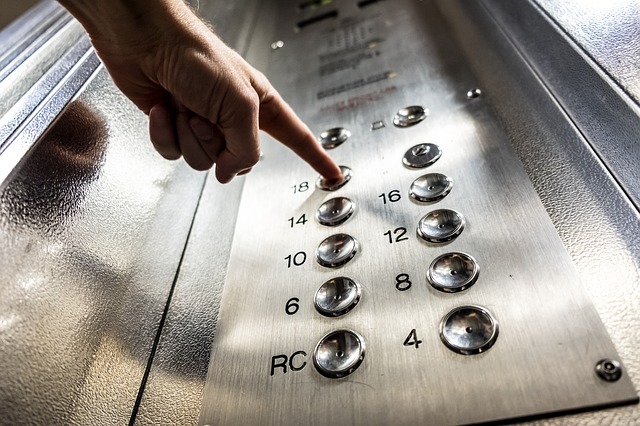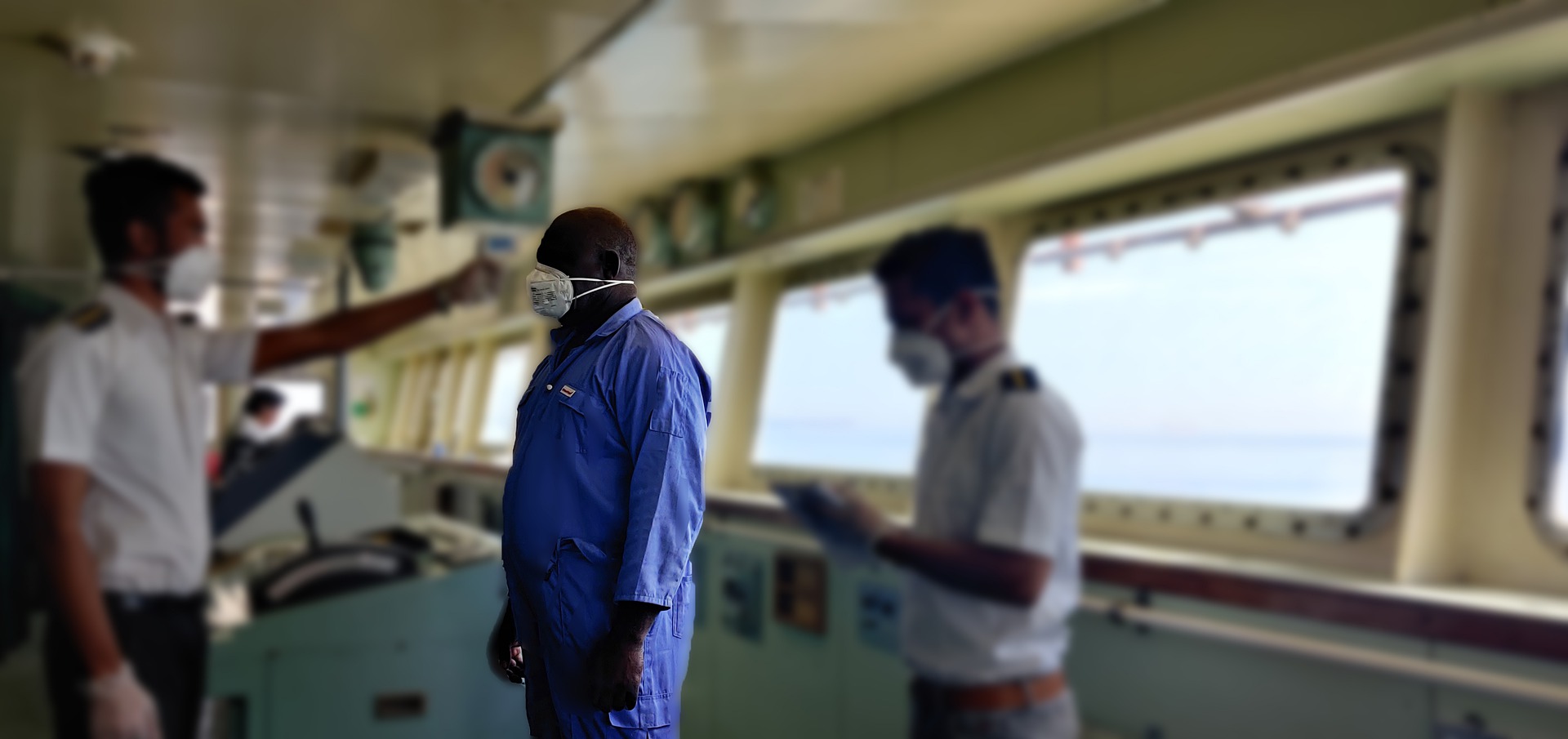The risk of spreading or contracting COVID-19 is high when you are in close contact with other staff members. The spread of COVID-19 rises when you interact with many clients or customers face to face for an extended period.
The infection could spread from one person in your section to the other departments and unfortunately, to your dear family members. A whole section’s operations could come to a standstill due to sick employees; the disease has terrible effects on staff with diabetes, cancer, and heart diseases.
The recommended space between one person and the next is one-meter. However, this may not be possible where staff members share the same restroom and break room, same exits, entrances, and public transport.
However, worry not! In this article; we are going to give you the most effective ways of stopping the spread.
Have a look;
1. Maintain High Hygiene Standards at the Workplace
Disinfect high contact surfaces like desks, tables, and lift buttons regularly to stop the spread of COVID-19. These areas have a high contamination rate due to the number of employees & clients touching them. Gone are the days when a vacuum cleaning twice a week was sufficient.

When you wash your hands, you end the spread of germs between the public places and the work place. In addition, always use a disposable paper towel to turn off the tap and dry your hands. Additionally, place alcohol-based sanitizers at strategic places for employees and clients to access them.
Check everyone’s body temperature at the entrance frequently. An infrared digital thermometer is suitable for this. The person taking the temperature should be well trained in the technique. However, those checking the temperatures should not give the results to other staffs. Results should only be shown to the respective staff. To others, they should be confidential. Even so, don’t allow anyone into the workplace without a surgical or fabric face mask. Face masks are not a replacement for other preventive measures, for instance, keeping social distance, washing hands, sneezing, and coughing etiquette.
Your face mask should fit well from the nose bridge to the chin. What’s more? Before putting on your face mask or removing it, make sure you clean your hands.
2. Avoid Overcrowding
Corridors, lifts, office space can become a hot spot for the spread of COVID-19 virus because of the high number of people going and coming in. So, have the staff report to work at different times to reduce the crowd in the office.
Restrict the number of people using the lift to at least three. Disinfect these high traffic areas as often as possible, probably after every two hours.
Put up visual reminders for employees, clients, or anyone who comes to the workplace. That is; they should keep the recommended space between one and the next.

Allow a limited number of walk-in clients or customers at the workplace. This will undoubtedly reduce the face to face contact period between staff and clients. Thus reducing the spread of COVID-19 virus.
Staff meetings create crowded environments that could allow the virus to spread fast among the staff members. Use virtual meeting programs like Zoom and Skype that are safe. Plus, they have meeting recording options.
3. Sick Staff Members
If any employee has flu-like symptoms, even mild ones, they shouldn’t report to work. Moreover, if they are on simple medication like aspirin, they should stay home or work from home until they recover. Why? Medicine tends to hide signs of infection.
The office management team should inform the entire staff force of their possible exposure to the virus if a staff falls ill. Keep the staff’s name confidential. Public Health officials will advise on what to do next to contain the spread of COVID-19.
The workplace should have an isolation room. In addition, separate anyone with symptoms of COVID-19 from the others as they prepare to go to hospital or home. Register customers or clients visiting the office and anyone who is attending a meeting. It will be easy to track anyone who came into contact with the infected person.
A confirmed case of COVID-19 in the workplace can cause stress and anxiety among staff. Managers should understand and communicate regularly to them. The remaining office staff should go for testing to stop the spread of COVID-19.
The management needs to plan training on how to integrate a staff member back to the workplace. When the recovered staff member resumes, they should provide a medical report.
Also, employees who are not sick but are nursing sick COVID-19 family members at home have to let the employer know.
Winding Up
It is essential to know how COVID-19 spreads and the necessary steps to cut the workspace infection chain. Research about this virus is still going on, and so far, there is no vaccine or cure.
These steps on preventive and protective measures aim at curbing the spread of COVID-19 among staff. By using these measures, your day to day business activities will continue with few or no infections.


